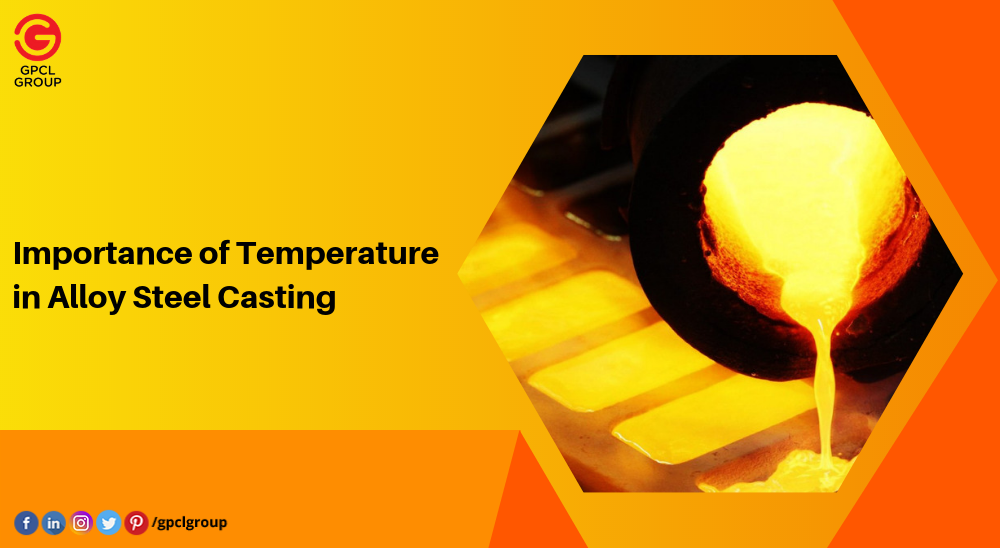
Pouring is a procedure by which liquid metal is moved to the cast for cooling, hardening and consequently be changed over into conclusive item. Pouring temperature is the temperature to which the liquid metal must be raised before being filled throws for cooling and setting.
Reputed Alloy steel castings manufacturers say this emptying temperature should likewise consider the warmth misfortune and caused because of the exchange of metal through spoons, as separation among heater and cast must be secured and furthermore because of the warmth consumed by scoops.
The throwing procedure should, as a rule, be possible in lasting metal throws. Nonetheless, because of rehashed presentation to the high temperature of liquid metal, these throws have a restricted life or can be utilized for metals with low pouring temperature prerequisites.
In this manner, one of the principal necessities of the throwing procedure is obstinacy or at the end of the day, the capacity of the cast to shoulder high temperatures of the liquid metal without experiencing any adjustments in its physical properties.
Temperature Considerations for Die Casting
To abstain from putting a strain on the form, you will need the amalgam to be around 50 to 70 degrees F higher than the underlying crystallization temperature. The shape itself should be kept up at about 33% of the amalgam temperature. The right temperature for the throwing chamber is a mind-boggling computation that will be dictated by the throwing engineer. This is a significant prerequisite in amalgams with a high softening point, for example, steel.
Be that as it may, this issue might be taken optional in combinations with lower dissolving focuses. Where amalgams with high dissolving point are being utilized, the moulds should be fixed with a protecting material with obstinate properties so the foam holds its shape and unique qualities.
Sand and artistic material has a high capacity to withstand high temperatures of liquid metals without experiencing an adjustment in their properties. Consequently, they are utilized as covering material for moulds in which composites with high temperatures must be poured for cooling. Sand and fired can withstand temperatures as high as 1650-1820c.
Additionally, sand holds the shape given to it when it is put into a form. It likewise allows different gases to escape through its structure. Sand throwing can be utilized in preparing of low-temperature metals, for example, iron, copper, aluminum, magnesium, and nickel combinations and furthermore for high-temperature metals where other shape material can’t be utilized.
Conclusion
Metal moulds have a constrained ability to withstand high temperatures. Metal moulds are utilized in procedures like Die Casting (where liquid metal is constrained into steel shape under high weight) and lasting trim. These moulds may change their physical properties on the off chance that liquid metal above 1180C pouring temperature is handled in such shape. For any compound with temperature over this temperature, metal moulds are not reasonable. Due to the effect of temperature in alloy steel casting, proper machines and equipment are required to prevent any mishandling of the alloys.
